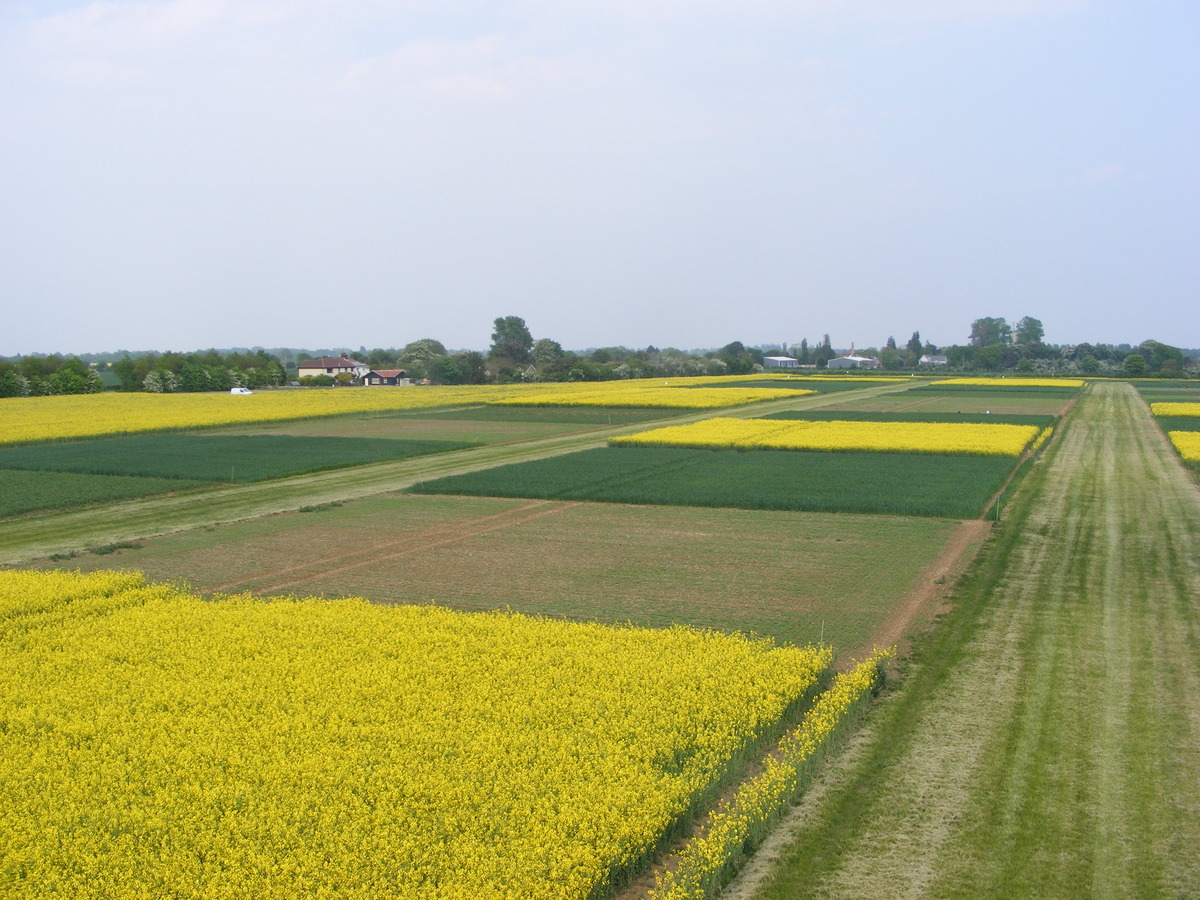Ten outcomes learnt from ten years of STAR:
- STAR system and rotation choices have had an agronomic impact on factors including mycotoxin risks and weed burden (notably bromes in non-inversion wheat systems).

- Shallow non-inversion tillage is leading to progressively tighter soils in the continuous wheat rotation and across the winter and spring cropping rotations.
- Considering yields over all crops in the rotation, the difference between cultivation systems is small, however, of the consistent systems, ploughing is tending to give the highest yields.
- While ploughing might give high yields, of the consistent cultivation systems across seasons, the highest margins have been associated with the deep non-inversion system: although again differences are relatively small.
- A variable managed approach (an informed decision each season based on soil, season and agronomic drivers), has performed similarly to the deep non-inversion system.
- Considering wheat alone across seasons, for the consistent cultivation systems, there is little yield difference, with deep non-inversion systems resulting in the highest margins.
- Findings perhaps suggest that tillage decisions are more critical in break crops and also highlight the value of informed soil management decisions to maximise performance.
- Cumulatively, STAR rotational choices have tended to have a bigger impact on margin than primary tillage decisions; with winter cropping rotations giving the higher margins.
- Consideration of timeliness and speed of working across the farm, as well as yield and margin, is critical when scaling findings from STAR up to a farm level.
- One key finding is how much we owe to the supporting Trusts, the STAR advisory group and notably our site host John Taylor; without their input this project would not happen.
